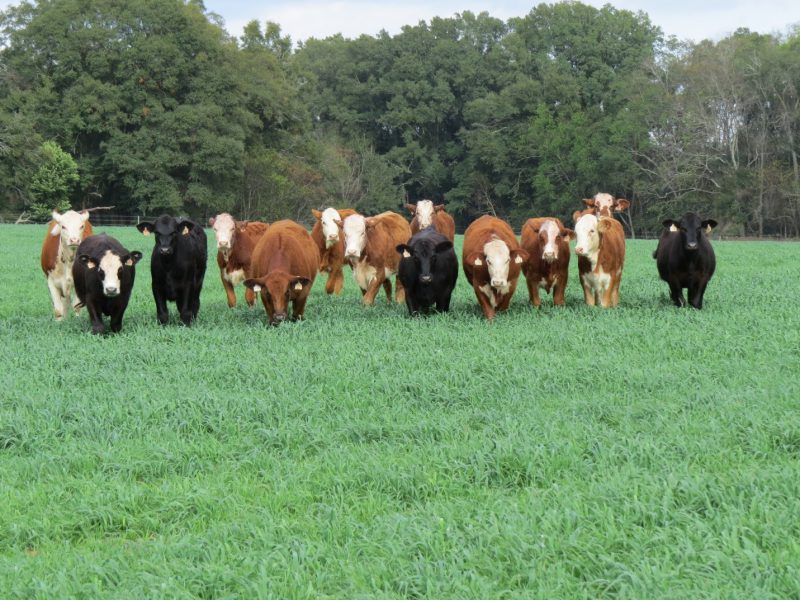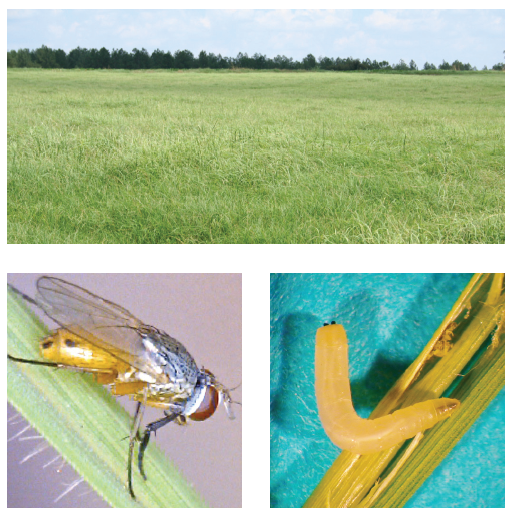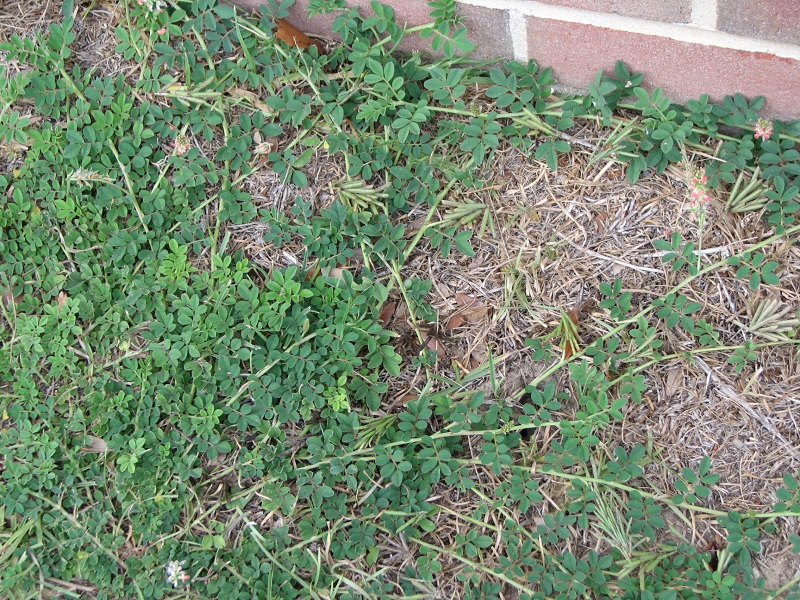
by Ann Blount | Aug 14, 2015
Ann Blount, Patricio Munoz, Jose Dubeux, Joao Vendramini, Ali Babar, Kevin Kenworthy, and Ken Quesenberry (North Florida Research and Education Center, Department of Agronomy, and the Range Cattle Research and Education Center) The 2015 cool-season forage line-up is...

by Russ Mizell | Aug 7, 2015
Bermudagrass hay farmers need to scout their fields for Bermudagrass Stem Maggots. I just discovered a big infestation here at the North Florida Research Center (NFREC) which is first one in two years in North Florida that we are aware of. Also, Liza Garcia has been...
by external | Jun 12, 2015
Dennis Hancock, UGA Forage Extension Specialist There is a great misconception that once hay is “dry” and baled it is plain and devoid of life. The truth is that hay is never completely dry, and it is full of microscopic life. If the hay is not dry enough, those...
by Cheryl Mackowiak | May 29, 2015
The next generation of agriculture Best Management Practices (BMPs) will likely include new soil mapping technologies. Resulting maps are increasingly being used to guide variable applications of irrigation, fertilizer, herbicides, and pesticides in the field....




